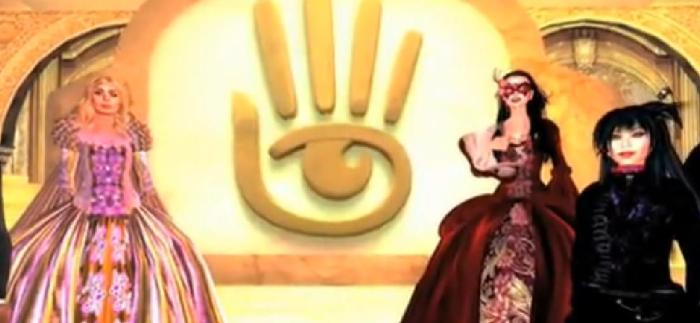
I don’t know if anyone remembers this, but there used to be days… the days of BitNet… when using the Internet meant a command-line interface on a mainframe terminals.
Then there were the bulletin boards and their menu-driven interfaces. Anybody out there remember menus?
Between the bulletin boards and the World Wide Web, there was a transitional stage — America OnLine. You had to dial up and log in, as if it was a bulletin board. But once inside, there was a graphical user interface — in other words, you could point and click. There was online content — newspapers, magazines. There was shopping. There were discussion forums, and there was email.
It was more complex, and more involved, and more engrossing than the alternatives.
At first, AOL was a “closed garden.” Only members could get in. And they could only send emails to one another. Then the email system opened up, and AOL emails could go elsewhere on the Internet. Then the rest of it opened up, and AOL became just another Internet portal.
The World Wide Web was different from AOL — AOL had buttons, and the WWW had links, but in many ways it was very similar.
Both were graphical user interfaces. And people could go shop, communicate, research, and get entertained.
At each stage of its evolution, the Internet has become more engrossing, a richer experience, with more choices. Also, at each stage, nobody expected it to change. Back when there were bulletin boards, people expected the bulletin boards to last forever — except they would be slightly better bulletin boards.
Today, many people expect the current version of the Internet to last forever, except maybe with faster connections, more videos, and slicker websites.
It’s not going to. Our websites are about to disappear as quickly as the old bulletin boards did. Well, they’ll be stored in online archives somewhere.
But really, when’s the last time you checked out a Compuserve forum?
The next version of the Internet will look a lot like Second Life. It won’t be Second Life — Second Life is a walled garden, has interface and scalability problems, and is difficult to use.
But it will, in many ways, be like Second Life. You will be able to walk down virtual streets that are ever-more-accurate representations of physical reality — or down imaginary streets that have no counterpart in the physical world.
Your online representation — currently just your email address or instant messaging handle, LinkedIn profile, MySpace page or personal website — will be augmented by an ever-more-realistic three-dimensional avatar.
The entire planet — and our space satellites — will have virtual equivalents. In addition, there will entirely new virtual-only worlds.
Second Life is a poor imitation. Slow, cumbersome, and cartoonish. But for anyone looking to get a jump on the next iteration of the Internet, it’s great place to learn how to do it.
[Update: You can browse all hypergrid-enabled public OpenSim grids with Hyperica, the directory of hypergrid destinations. Directory indexes more than 100 shopping and freebie store locations. Updated hypergrid travel directions here.]
- Kitely Mega Worlds on sale for $90 per month - July 19, 2024
- OpenSim regions up, actives down with summer heat - July 15, 2024
- People think AIs are conscious. What could this mean for bots in OpenSim? - July 12, 2024
